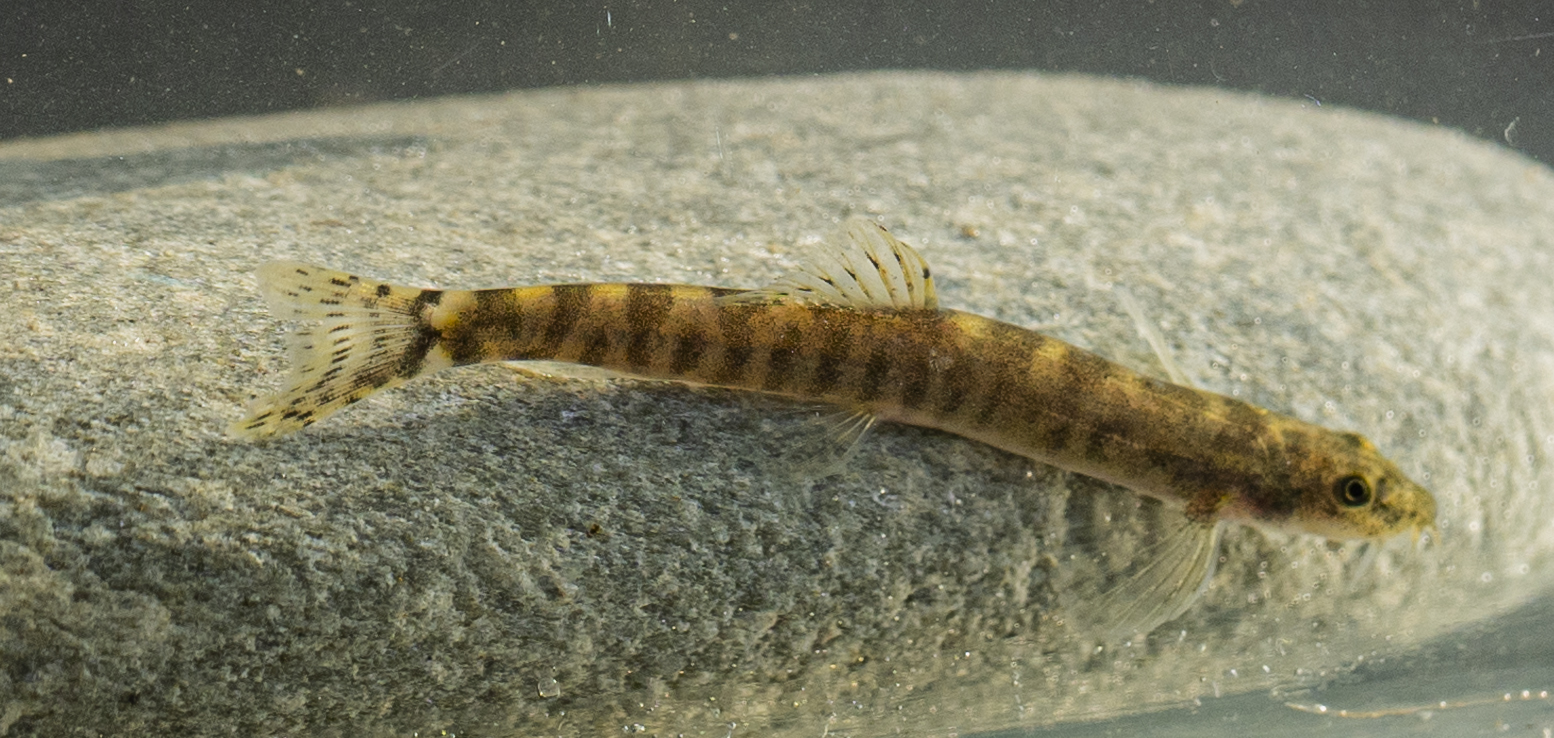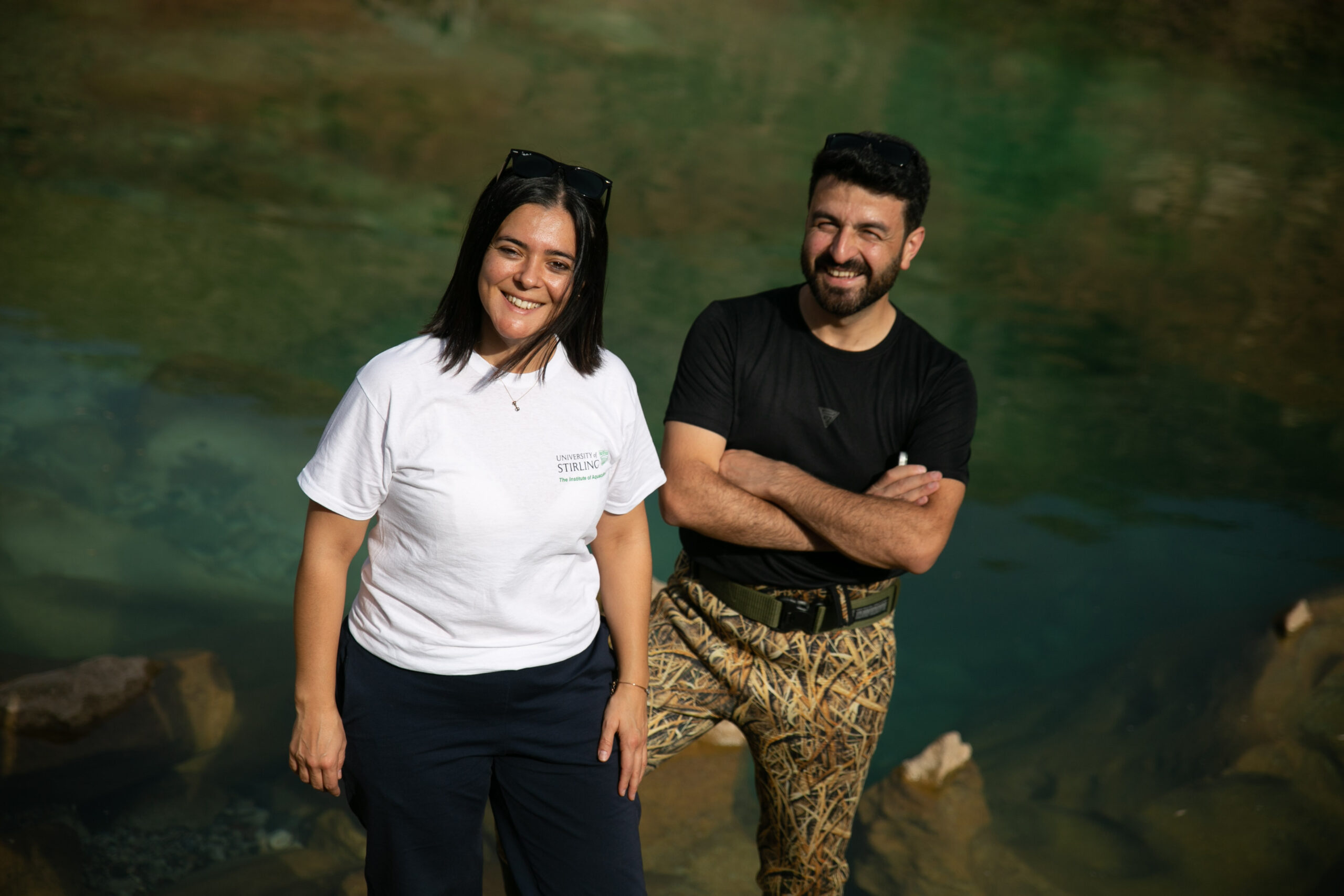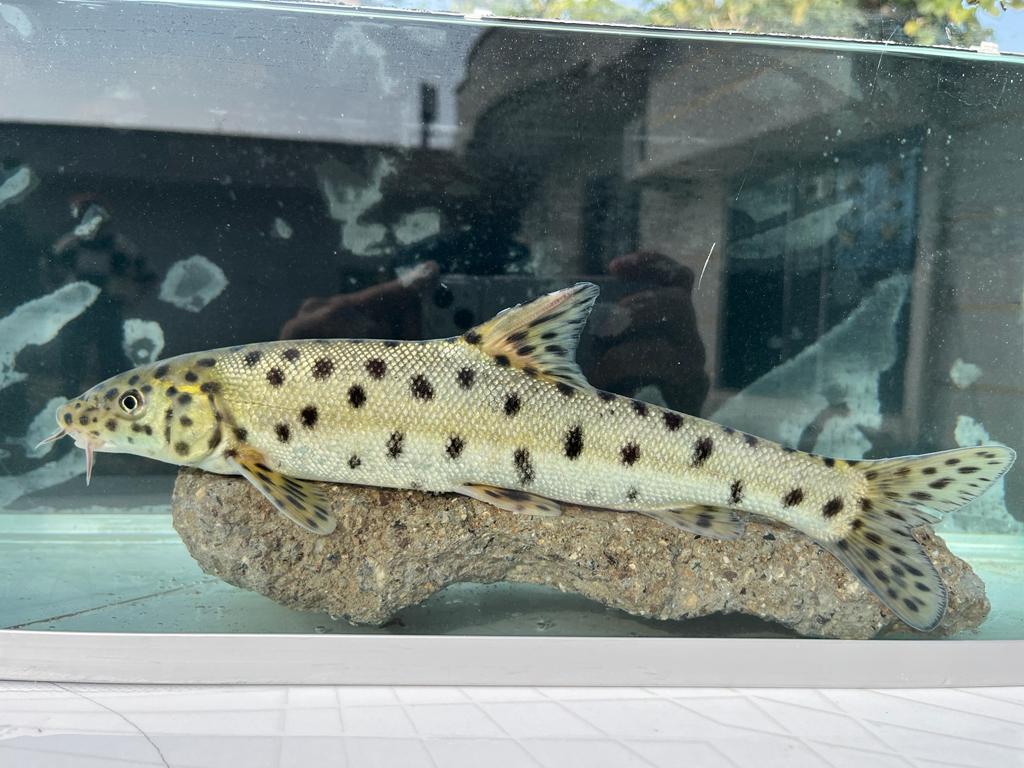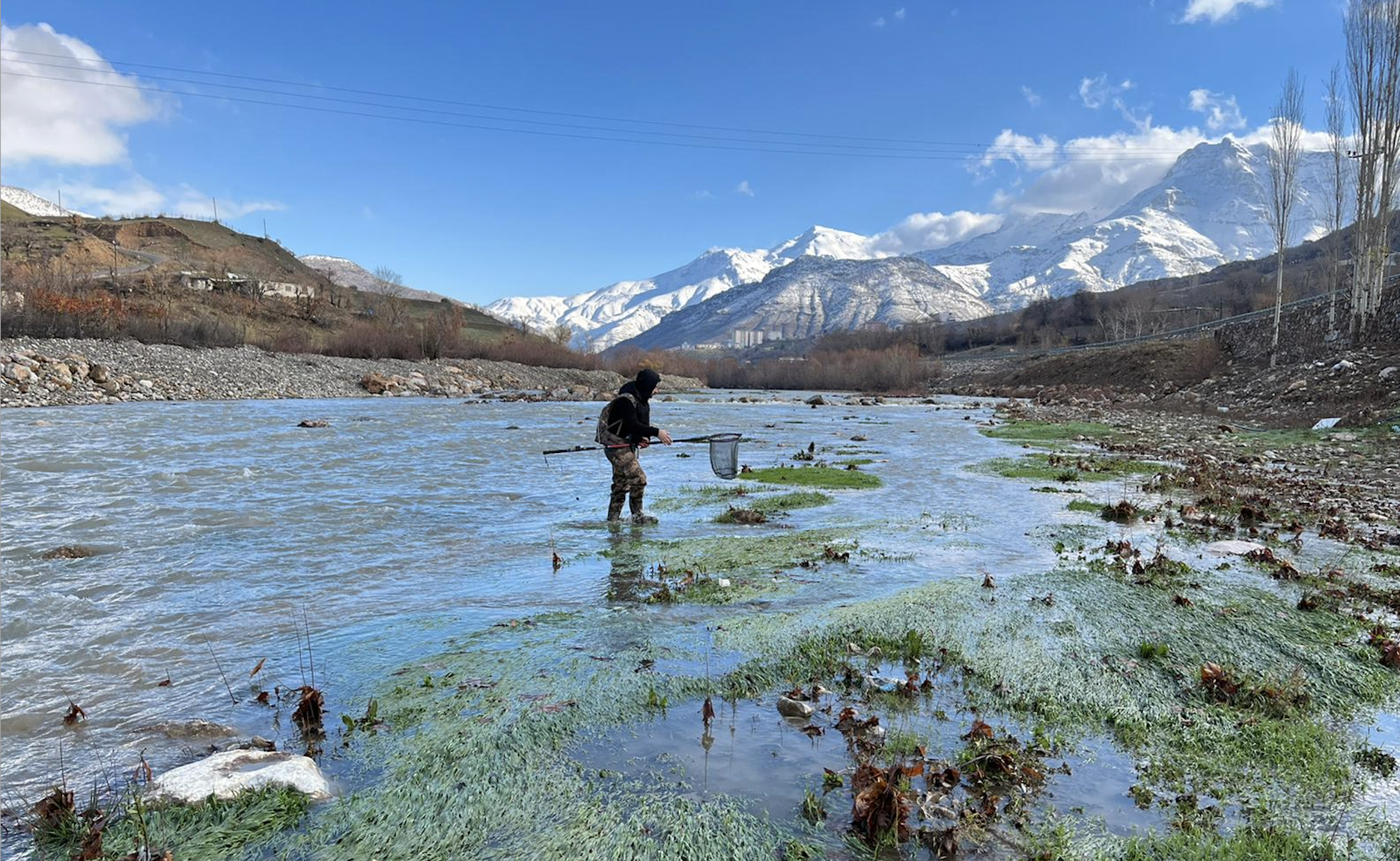© Rewild
FOUND! The Batman River loach has been rediscovered after nearly 50 years
It is the first of Shoal’s Lost Fishes to be rediscovered.
A Turkish research team have rediscovered populations of the critically endangered Batman River loach in two streams in southeast Turkey, the first time the tiny fish has been seen since 1974, and the first species rediscovery from Shoal’s Search for the Lost Fishes programme.
“When I first heard about the Search for the Lost Fishes project, I was very happy,” said Cüynet Kaya, associate professor with Recep Tayyip Erdogan University. “Moreover, two of the 10 most wanted fish species were distributed in my country. It is a very different feeling when you see naturalists from foreign countries caring about an endemic species in your country and making efforts to save it. As a freshwater fish taxonomist, I thought that I should do my best for this project, and fortunately our efforts resulted in finding the first lost endemic and critically endangered Batman River loach.”
After learning about the Search for Lost Fishes, Kaya and Münevver Oral, a research fellow with Recep Tayyip Erdogan University, set out to search for the small yellow-and-brown striped fish, which is the smallest loach species in the Middle East, and smaller than any loach species found in Europe. The tiny critter, growing up to 1.4 inches (or 36 millimetres) long, was once distributed around streams and tributaries of the Batman River, which is thought to take its name not from the caped crusader, but from the nearby Bati Raman mountain.
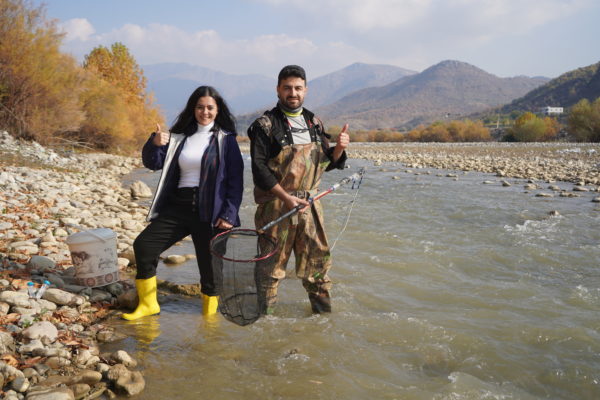
Dr Cüneyt Kaya and Dr Münevver Oral © Rewild
Expedition teams have searched the river underneath the historic Malabadi bridge and the lower parts of the Batman River, where the fish was first discovered, many times in the decades since the Batman River loach’s last sighting, without success. After analysing possible locations where the Batman River loach could survive, Kaya and Oral instead focused their search on the Sarim Stream, which is upstream of the Batman Dam. The team visited the stream and other headwaters of the Batman River, which are shallow, rocky and fast-flowing, the preferred habitat of the fish, in October and November.
“After finding the specimens, it seems that our lost fish has managed to survive despite the threats in the environment. It is now essential to conduct a detailed field study in the region in order to determine the species’ population density and distribution area. These data will play a key role in the correct determination of the conservation status of the species. We took the first step by finding this lost species – now is the time to act to protect it,” said Kaya.
Watch the film to learn more about the search. © Rewild.
Kaya and Oral searched the streams using tight-weave nets that prevented the Batman River loach from slipping through. They found 14 fish in the Sarim Stream and another nine in the Han Stream.
Kaya and Oral said the population of the loach seems steady, but they are concerned about the effects of pollution, drought, and invasive species, and stressed that further study is needed to get a clearer understanding of the species’ total distribution.
“When we launched the Search for the Lost Fishes, we hoped that we would have the opportunity to celebrate days like this,” said Mike Baltzer, Shoal’s executive director. “There are so many lost and threatened fish and we are so happy that this little loach has been found, and hopefully we can now secure its future. This is the first species of Lost Fishes that has been rediscovered – hopefully the first of many”.
Populations of the Batman River loach nosedived after the construction of the Batman Dam in Turkey between 1986 and 1999, leading some scientists to fear it may have become extinct. Construction of the Batman Dam may have caused populations of the species to fall and, when Kaya and Oral sampled areas downstream of the dam, where the species was recorded in 1974, they were unable to find any individuals. The species’ habitat is now fragmented due to the dam, and the fish can no longer move downstream.
Kaya said: “It is obvious that the establishment of the dam caused shifts in biodiversity due to degradation of the lower part of the habitat needed by the species. I can say this because the species’ preferred habitat is shallow streams, with medium or fast flowing stones or gravel”.
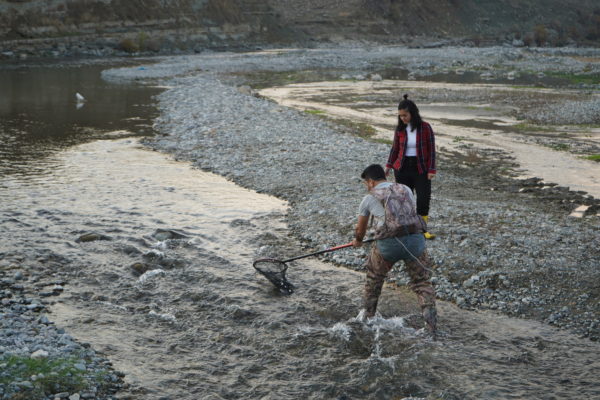
Dr Cüneyt Kaya and Dr Münevver Oral in the field © Rewild
Kaya believes the other threats facing the species are likely to be pollution, drought, and invasive species. “As far as I know, there is no industrial pollution above the points where we identified the species. We must ensure that it does not happen in the future. However, anthropogenic pollution is intense in the region and local people are not conscious. It would be a good solution to raise awareness in the region with the help of NGOs”.
Jörg Freyhof, Europe’s leading ichthyologist and expert on these fishes, and who is working on the paper with Kaya, said: “We have searched for this fish for many years. It is obviously very rare, as it has not been found in the original locations that it was previously recorded. We even doubted that it existed. Cüneyt made massive efforts to finally confirm its existence. Its finding is a sign of hope, that this species has survived despite everything that has been done to kill the river”.
Shoal would love to see a local education programme to help inform people about how pollution can harm endemic fish species, along with collaboration with local government and businesses to encourage better care for the ecosystem. “It’s important to protect and manage all the remaining individuals and populations,” said Baltzer.
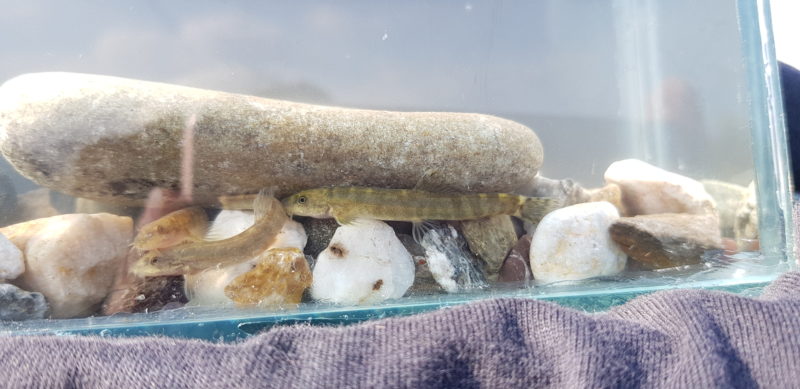
Several specimens before they were returned to the stream © Rewild

